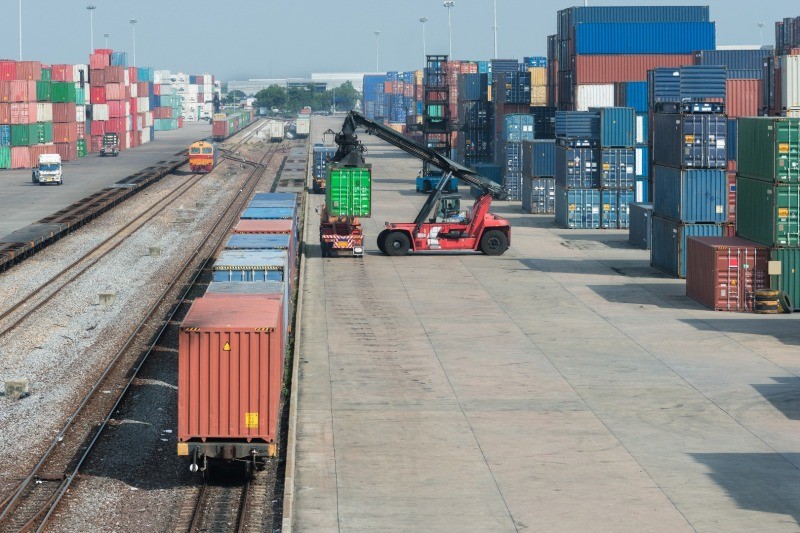
So-called combined transport is still a recent phenomenon that is evolving day by day. Cargo transfer based on at least two transport sources is a promising solution that optimizes not only the cost of the project, but also significantly affects the shorter delivery time. So what revolutions are to be expected in the coming years in terms of multimodal transport?
Many benefits
In addition to significant cost and time savings, combined transit has many other benefits. It brings to life alternative transport branches, such as transport based on sea, air and rail routes. It also has a beneficial effect in terms of ecology. The European Commission itself is also favorably disposed towards this sector of the economy, which, out of concern for reducing pollution, decides to implement the European Green Bridge strategy. The operation is long-term in nature, because over the next thirty years new technological solutions will be gradually implemented, which will ultimately reduce the level of greenhouse gas emissions, thanks to which the condition of the environment is expected to improve.
Work has been carried out for some time to unify the law related to transport. According to the assumptions of the project - the current transport by motor vehicles is to be gradually reduced to a minimum. The ongoing works on the expansion of transshipment ports and railway and maritime infrastructure are to result in a greater use of alternative methods of transfer. This requires a considerable contribution and commitment from the countries of the European Community - including Poland. The state of the domestic railway must be adapted to the project assumptions, as well as to the level of the leading EU countries. The concept of railway infrastructure is related primarily to tracks, modern rolling stock, reloading points and, most importantly, modern IT technologies that facilitate work. All this to change the transport priorities in the country - nowadays road transport plays a key part in the exchange of goods, this state of affairs makes it impossible to implement the assumptions of the project.
Why are innovations introduced?
To get an answer to this question, the current transport market should be analyzed. As mentioned earlier, road transport plays a significant role in cargo transfers in Europe. Rising prices of fuels and machine operation have a negative impact on the average cost of the project. Adding to this breakdowns and frequent accidents, it is easy to conclude that the phenomenon in question requires improvement. How the climate has changed in recent years is also a disgraceful merit of, among others, cars. Therefore, limiting this area reduces the emission of harmful substances that have a negative impact on the environment.
Also in this case, new technologies come to the rescue - utility vehicles powered by electricity are the hope for the transport industry. It is true that at the moment the average range of passenger cars is enough to cover a route of about 500 kilometers, but considering how much has been achieved in recent years, you can be completely sure that sooner or later electric cars will replace those powered by a traditional energy source.
So what will the future hold?
The discussed strategies are long-term in nature - the accompanying idea of improving the condition of the environment requires the modernization of many areas of the economy. Given multimodal transport it has definitely more advantages than disadvantages. Currently, it allows you to transport goods in a short time not only within the territory of the country or neighboring countries. It is also an efficient logistics process at the level of intercontinental transfers. The changes will be faced by carriers, forwarding companies as well as state and European authorities. It is difficult to answer the question of what the future will bring for the transport industry - it is certain that the impact of new technologies will improve many key factors - including multimodal transfer.
